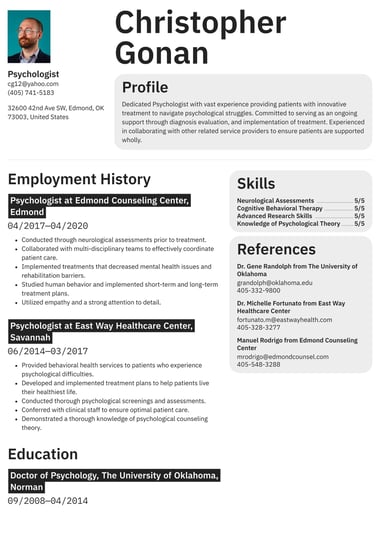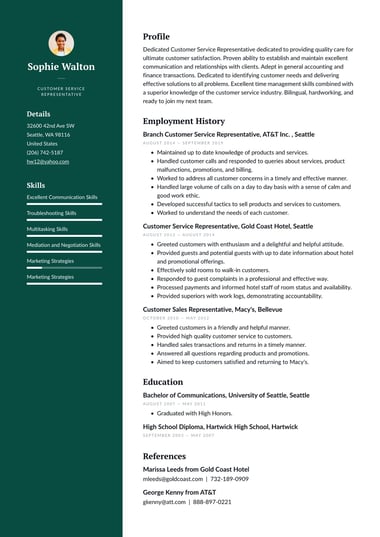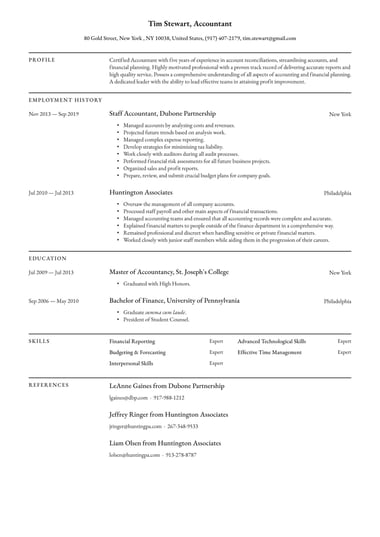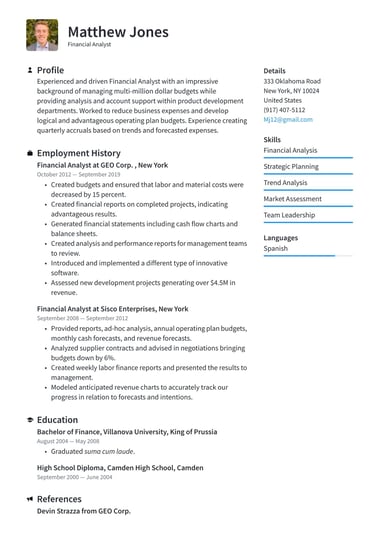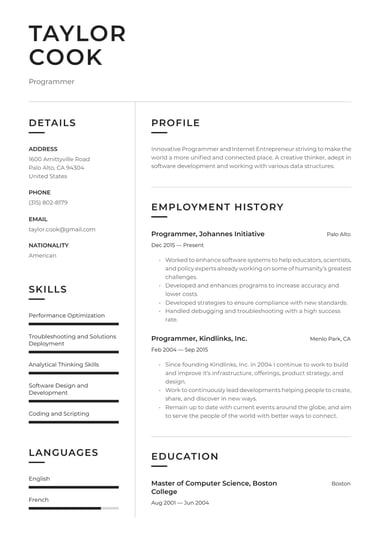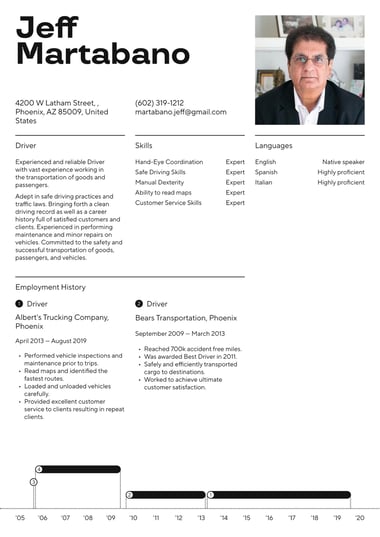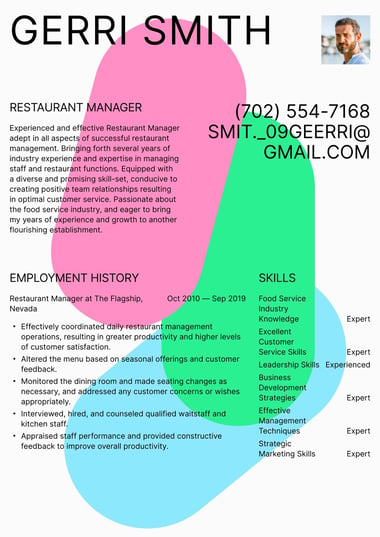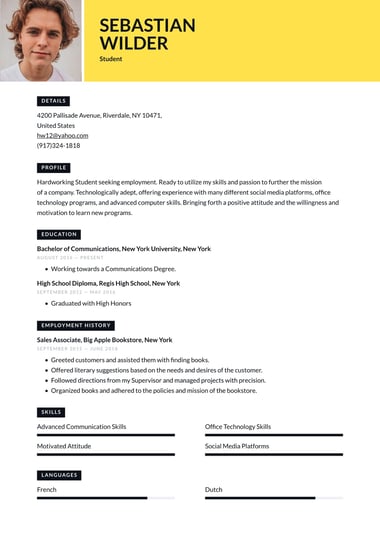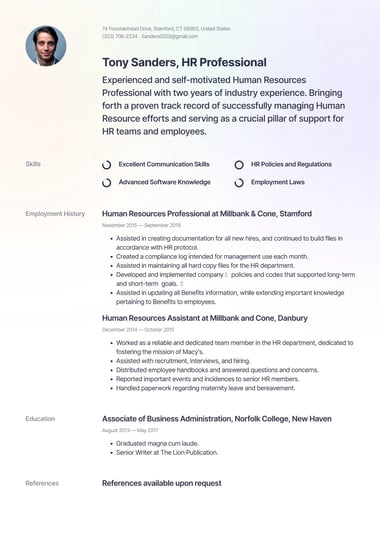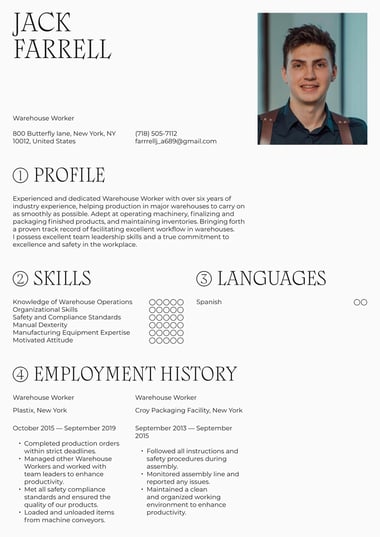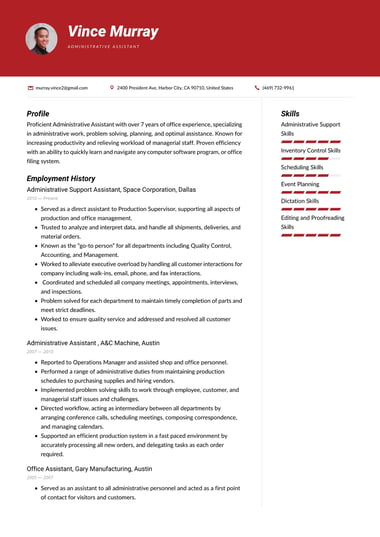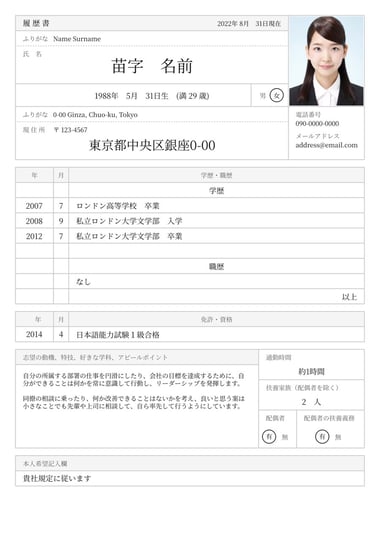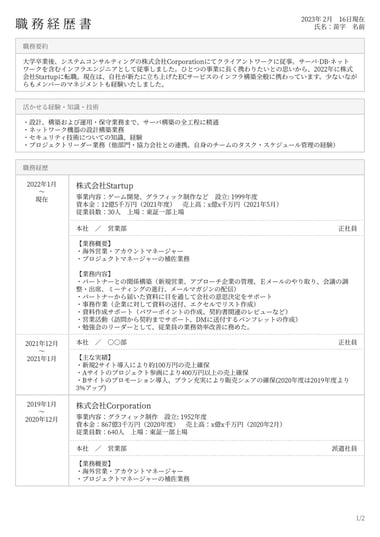When you’re writing your resume, you have a lot to think about, such as the format, highlighting your relevant skills and experience, and even tailoring the resume to the job description. But another important factor in creating an effective resume is its length.
Whether you have years of experience or are just starting out, a one page resume can highlight your experience and finely honed skills in a streamlined, compelling way.
We’ll show you how to get the most out of a one page resume, demonstrating that brevity can indeed be your job-hunting ally.
Does your resume have to be one page?
Listen, it’s your resume, and you're in charge. It doesn’t have to be anything you don’t want it to be.
However, to give yourself another edge in the job hunt, you might want to consider limiting your resume to one page, and there are a few reasons why it might be to your advantage to do so and keep your resume out of the “TLDR” (too long, didn’t read) pile.
- Industry norms: some fields, such as academia, senior-level management, medicine, or the sciences, require a multi-page resume.
- Experience level: If you’re a recent grad, career changer, or have less than 10 years of experience, a one page resume is a good idea.
- Job requirements: some industries might require an extensive description of your breadth of knowledge or technical skills, but for most positions, a brief “highlight reel” of your skills and accomplishments is plenty. Do your research to understand the requirements of your field.
Unless your industry or experience level requires it, one page should be ideal for your resume. Think about it this way: hiring managers see hundreds of resumes every week, and they’re not likely to read a multiple-page resume for an entry-level (or similar) position.
Your resume should give you career highlights in a concise, easy-to-read format. Plus, if your resume is printed out, it’s likely that the pages could get separated, leading to the hiring manager having incomplete information on your background.
Pros and cons of a one-page resume
As advantageous as a one page resume can be, it’s not a “one size fits all” scenario. It’s important to take a good look at your current situation, and decide whether a one page resume is right for you.
Let’s take a look at both the pros and cons of a one page resume.
Pros
- Concise and informative: including only the most relevant and important information will help grab the hiring manager’s attention and keep them reading your resume.
- Easy to scan and parse: a one page resume makes it easier for the hiring manager to locate the relevant information they need.
- Showcases your creativity and communication skills: a one page resume shows that you can identify and convey the most relevant information in a clear manner.
- Demonstrates industry knowledge: if your field requires it, keeping your resume to one page shows the employer that you’re knowledgeable about your industry’s norms and requirements.
Cons
- Limited space: if you have extensive experience, a one page resume may necessitate the removal of important accomplishments, skills, and other important information.
- Less opportunity for context: a shorter resume may eliminate the content necessary to understand the scope of your previous work, especially if you work in a highly technical field or are at a senior level of experience.
- May lead to formatting issues: trying to squeeze all your information into one page might lead to problems with margins, necessitate a smaller font, or a lack of “white space” that makes it harder for a recruiter to read.
Job-specific examples of one-page resumes
Here are a few examples of how a one page resume can be visually appealing, effective, and expertly formatted.
Simple / Basic - London template
A clean, straightforward design in a single column, with clearly defined section headings. ideal for those in the business world or anyone who wants to keep things simple and to-the-point.
Professional - Dublin template
A structured two-column layout with a block of color, suitable for professionals who want to present their qualifications in a more segmented way.
Creative - Cape Town template
A visually appealing format with creative touches and a bit of color; great for those in artistic or creative industries.
What to include on a one-page resume
With limited space, it’s important to make every detail count. When constructing a one-page resume, make sure to include the following sections:
- Contact information: no matter the length of your resume, include your contact info at the top so that the recruiter can reach out to you.
- Professional summary: Create a two to three sentence overview of your career trajectory and accomplishments.
- Job history: use a reverse-chronological format, listing your most recent position first. Include company name, job title, location, and the dates you worked there. Also include achievements, including quantifiable data when possible.
- Skill list: provide a list of your job-relevant hard and soft skills.
- Education and certifications: provide your degree, school name, and location. Include any relevant professional certifications as well.
- Awards or publications: if you have any awards or job-related published work, include it at the bottom.
To make sure you’re making the most of a one-page resume, consider using a resume builder like resume.io, which will provide you with the templates and guidance you need to make a concise, impactful resume.
What not to include on a one-page resume
Just as important as what you include in your one-page resume is what you leave out. You have limited “real estate” on your resume, so make sure everything is designed for maximum impact.
Some things you should leave off your one-page resume are:
- Irrelevant skills: include only the skills that are relevant to the job you’re applying for.
- Day to day tasks: focus on your accomplishments and achievements, not what you did every day.
- A career objective: it’s outdated and unnecessary. Include a concise professional summary, instead.
- Personal details: information such as marital status, political affiliation, hobbies, or religion.
- References: if an employer is interested, they’ll ask for them.
- Unrelated jobs: leave off any positions that aren't relevant to the one you’re applying for. You can include them in an “Additional Experience” section, if you must.
How Far Back Should Your Resume Go?
The general rule of thumb is that your resume shouldn’t go back farther than the last 10-15 years. This keeps the focus on your recent work experience, accomplishments, making it easier for the hiring manager to scan your resume.
It also helps minimize the chances of age discrimination, which is illegal but unfortunately still happens. If you wish, you can place older jobs in a separate section titled “Additional Experience” and leave off the dates.

